The Digital Potential of Museum Interpretation
“Although there are exciting opportunities to create new and different experiences with our objects via the web, the emotional impact and engagement of the real three-dimensional live experience is always strong. And the smart technology is going to benefit us here as well, to create context and drama. ”
New data reveals that smartphone technology and VR experiences have doubled attendance at the National Maritime Museum in London. It is evident that visitors want to interact and engage with the museum content independently, to have the space to create their own meaning. They want to interpret the content freely, to discover, to experience, to feel and make personal connections inspired by their own needs and interests.
Accessing the museum's collection through a digital medium empowers visitors of all ages to follow their own curiosities and stumble upon new information as they freely explore the museum.
This new direction in museum engagement empowers audiences. Visitors are able to navigate their own journey through the museum and become masters of their own learning experience. Going digital enables museums to provide a more sensory experience that visitors can control. The National Maritime Museum's investment in participatory experiences is clearly paying off - just look at the visitor numbers.
Self-directed intepretation at the National Museum, Sultanate of Oman
“Education and entertainment are not mutually exclusive.”
Museum's hold a wealth of information and history. Each object carries its own story, passed on through the ages to each generation.
In the Sultanate of Oman, the government are working towards safeguarding the country's future by designing an education system that ignites creativity and leadership in young people so they can meet the challenges of economic diversification. One key component of the reform is to equip young educators to inspire the next generation.
During 2015 and 2016, I identified and initiated a creative partnerships programme that led to introducing new participation and interpretation strategies for young educators tasked with the responsibility, to motivate a technology savvy generation and to get them to think critically and creatively, a key skill for the 21st century workplace.
To find out more about the creative partnerships and learning beyond the classroom in a museum context, click the button below.


